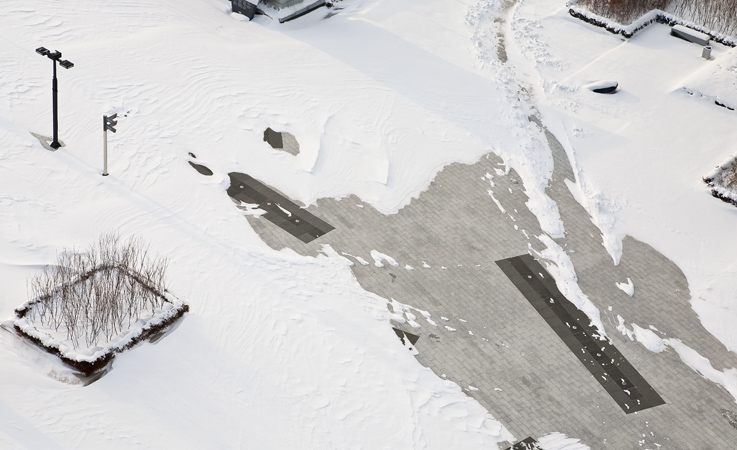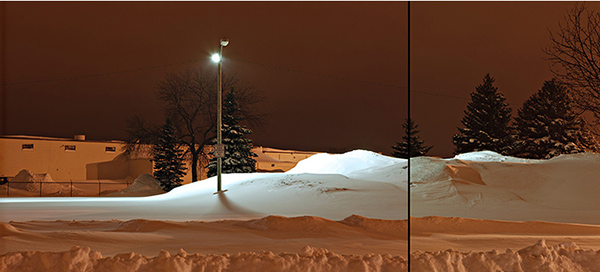On my way back from Sydney, Australia to Frankfurt, Germany I had an overnight stay in South Korea. It was January 2010 and when we came out of the airport everything was covered with snow. It was extraordinarily beautiful and captivating.
The snow slowed everything down. There was hardly any traffic on the roads and the city looked like a deserted landscape. As we arrived at the hotel, every TV station was reporting on the masses of snow — which seemed to be unusual for Korea.
I started shooting some night views from our hotel window and continued the next morning. The landscape, with all the construction sites and the empty spaces, was totally fascinating to me.
I immediately fell in love with Incheon and wanted to capture this unusual and beautiful part of Korea in this rarely-seen state.
— Michael Werner


